-
 Bitcoin
Bitcoin $94,665.4685
-0.28% -
 Ethereum
Ethereum $1,824.8320
1.60% -
 Tether USDt
Tether USDt $1.0005
-0.03% -
 XRP
XRP $2.1992
0.43% -
 BNB
BNB $608.7773
1.37% -
 Solana
Solana $149.3793
-0.99% -
 USDC
USDC $1.0001
0.02% -
 Dogecoin
Dogecoin $0.1819
-0.13% -
 Cardano
Cardano $0.7100
-0.28% -
 TRON
TRON $0.2523
4.56% -
 Sui
Sui $3.5223
0.30% -
 Chainlink
Chainlink $14.9368
-0.35% -
 Avalanche
Avalanche $22.3251
0.11% -
 Stellar
Stellar $0.2922
2.78% -
 Toncoin
Toncoin $3.3472
4.44% -
 UNUS SED LEO
UNUS SED LEO $9.0588
1.38% -
 Shiba Inu
Shiba Inu $0.0...01414
0.80% -
 Hedera
Hedera $0.1919
-0.79% -
 Bitcoin Cash
Bitcoin Cash $358.0148
-5.05% -
 Polkadot
Polkadot $4.2956
0.62% -
 Litecoin
Litecoin $87.7807
1.10% -
 Hyperliquid
Hyperliquid $18.0670
-0.88% -
 Dai
Dai $1.0001
0.00% -
 Bitget Token
Bitget Token $4.4223
-0.25% -
 Ethena USDe
Ethena USDe $0.9996
-0.02% -
 Pi
Pi $0.6504
0.25% -
 Monero
Monero $229.9344
0.74% -
 Pepe
Pepe $0.0...09143
0.37% -
 Uniswap
Uniswap $5.8472
-0.29% -
 Aptos
Aptos $5.6226
1.01%
How to make money with AscendEX contracts
Through leverage of up to 100x and low trading fees, AscendEX's contract trading provides traders with opportunities to maximize profits while carefully managing their risk.
Nov 24, 2024 at 07:08 am
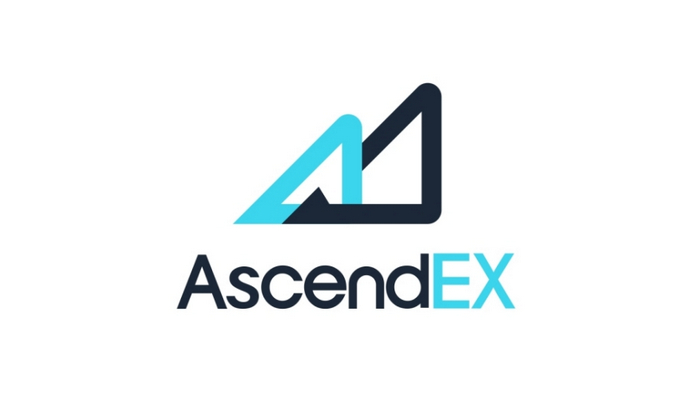
How to Make Money with AscendEX Contracts
AscendEX, a leading global digital asset trading platform, offers a comprehensive suite of contract trading products that provide traders with the potential to generate substantial profits. Here is a detailed guide on how to make money with AscendEX contracts:
1. Understanding AscendEX Contracts
AscendEX contracts are perpetual futures contracts that allow traders to speculate on the price fluctuations of cryptocurrencies without taking physical delivery of the underlying asset. These contracts are cash-settled, which means that traders only receive or pay the difference between the opening and closing prices of the contract. Perpetual futures contracts offer several advantages, including:
- Leverage: AscendEX contracts offer leverage of up to 100x, which amplifies both profits and losses. However, it is crucial to use leverage prudently, as it can lead to significant losses if not managed properly.
- Low fees: AscendEX has competitive trading fees, making it cost-effective to trade contracts. The fees are typically charged on a taker-maker basis, where takers pay slightly higher fees for removing liquidity from the market and makers receive rebates for providing liquidity.
- High liquidity: AscendEX is one of the largest crypto asset exchanges in the world, with high liquidity across its contract markets. This liquidity ensures that traders can enter and exit positions quickly and efficiently at competitive prices.
2. Choosing the Right Contract
AscendEX offers a wide range of contract trading pairs, including major cryptocurrencies such as Bitcoin (BTC), Ethereum (ETH), and Binance Coin (BNB), as well as altcoins and DeFi tokens. When selecting a contract, traders should consider the following factors:
- Trading volume: Contracts with higher trading volume generally have tighter spreads and lower slippage, making them more suitable for scalping and high-frequency trading.
- Market volatility: Contracts tied to volatile assets offer more opportunities for profit but also carry higher risk. Traders should assess their risk tolerance and choose contracts accordingly.
- Correlation: Traders can diversify their portfolios by trading contracts with different correlations. This helps mitigate risks and improve overall returns.
3. Formulating a Trading Strategy
A well-defined trading strategy is essential for success in contract trading. Traders should develop a clear set of rules and triggers based on technical analysis, fundamental analysis, or a combination of both. Common trading strategies include:
- Trend trading: This involves identifying and following the overall price trend to capitalize on momentum. Traders can use moving averages, trendlines, and other technical indicators to determine the trend.
- Range trading: This involves trading within a defined range based on support and resistance levels. Traders buy when the price approaches the support and sell when it nears the resistance.
- Scalping: This involves making frequent, short-term trades with minimal profit targets. Scalpers rely on high liquidity and fast price action to capture small profits from market inefficiencies.
4. Managing Risk
Risk management is paramount in contract trading. Traders should employ proper risk management techniques to protect their capital and minimize losses. Important risk management practices include:
- Setting stop-loss orders: Stop-loss orders automatically close a position when the price reaches a predetermined level, limiting potential losses.
- Using take-profit orders: Take-profit orders automatically close a position when the price reaches a target profit margin, locking in gains.
- Position sizing: Traders should carefully determine the position size based on their risk tolerance and account balance. Larger positions increase both potential profits and losses, so it is crucial to maintain a balanced risk profile.
5. Monitoring and Adjusting
Contract trading is a dynamic process that requires constant monitoring and adjustment. Traders should track their open positions, monitor market conditions, and make adjustments as needed. This involves reviewing charts, analyzing technical indicators, and adjusting risk management parameters based on market behavior. Regular monitoring allows traders to stay informed and react promptly to changes in the market.
Disclaimer:info@kdj.com
The information provided is not trading advice. kdj.com does not assume any responsibility for any investments made based on the information provided in this article. Cryptocurrencies are highly volatile and it is highly recommended that you invest with caution after thorough research!
If you believe that the content used on this website infringes your copyright, please contact us immediately (info@kdj.com) and we will delete it promptly.
- After a Prolonged Phase of Consolidation Marked by Investor Caution and Subdued Price Action, SHIB's Decisive Breakout Has Reignited Enthusiasm
- 2025-04-27 06:35:12
- Worldcoin (WLD) Breaks Free From Prolonged Downtrend, Flipping Key Resistance Levels into Support
- 2025-04-27 06:35:12
- Chainlink (LINK) Whales Moved 38.64 Million Tokens as Broader Consolidation Grips the Ecosystem
- 2025-04-27 06:30:12
- Chainlink (LINK) Led Real World Asset (RWA) Blockchain Projects in Social Media Engagement on April 26, 2025
- 2025-04-27 06:30:12
- ZKsync Founder: Ethereum (ETH) Remains the "World Computer" of the Decentralized Economy
- 2025-04-27 06:25:11
- In a bold move echoing Strategy's famed Bitcoin [BTC] strategy, DeFi Development Corp. (formerly Janover Inc.) has set its sights on Solana [SOL].
- 2025-04-27 06:25:11
Related knowledge
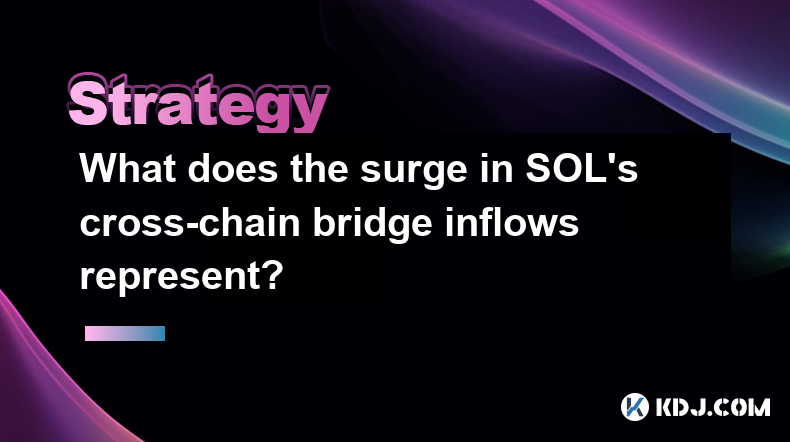
What does the surge in SOL's cross-chain bridge inflows represent?
Apr 25,2025 at 09:00am
The recent surge in SOL's cross-chain bridge inflows represents a significant trend within the cryptocurrency ecosystem, particularly for Solana (SOL). This phenomenon highlights increased activity and interest in moving assets from other blockchains to Solana, indicating growing confidence in its network and ecosystem. Cross-chain bridges are essential...
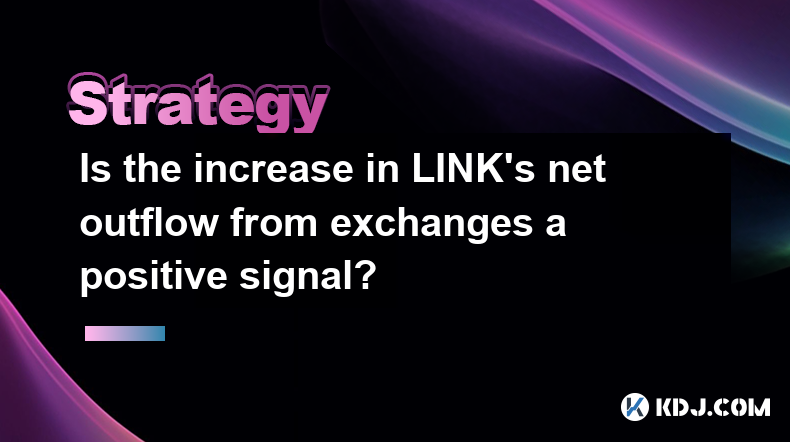
Is the increase in LINK's net outflow from exchanges a positive signal?
Apr 24,2025 at 02:35pm
The recent increase in LINK's net outflow from exchanges has sparked discussions within the cryptocurrency community about its implications for the token's future performance. LINK, the native token of the Chainlink decentralized oracle network, has seen a notable shift in its net outflow from exchanges, which many interpret as a positive signal. This a...
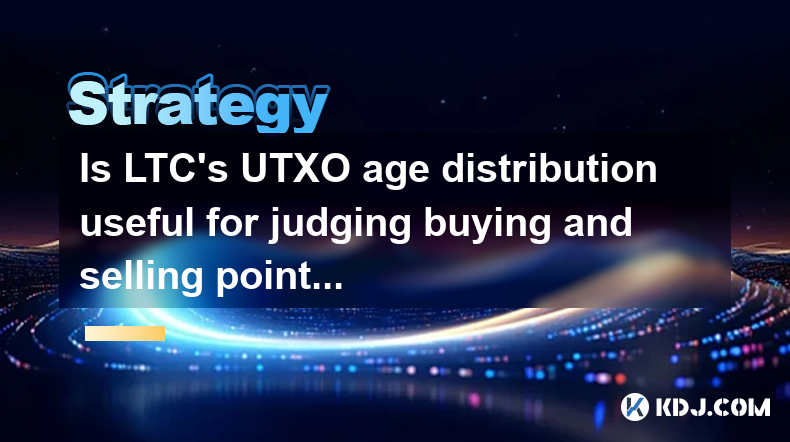
Is LTC's UTXO age distribution useful for judging buying and selling points?
Apr 23,2025 at 05:42pm
Is LTC's UTXO age distribution useful for judging buying and selling points? Understanding the UTXO (Unspent Transaction Output) age distribution of Litecoin (LTC) can provide valuable insights into the behavior of its holders and potentially help in making informed decisions about buying and selling points. The UTXO age distribution refers to the age o...
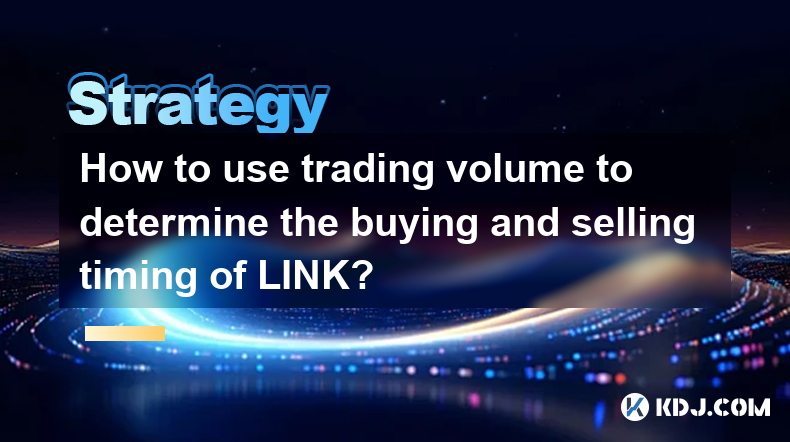
How to use trading volume to determine the buying and selling timing of LINK?
Apr 25,2025 at 02:07am
How to Use Trading Volume to Determine the Buying and Selling Timing of LINK? Trading volume is a crucial metric in the cryptocurrency market that can provide valuable insights into the buying and selling behavior of traders. When it comes to Chainlink (LINK), understanding how to analyze trading volume can help you make more informed decisions about wh...
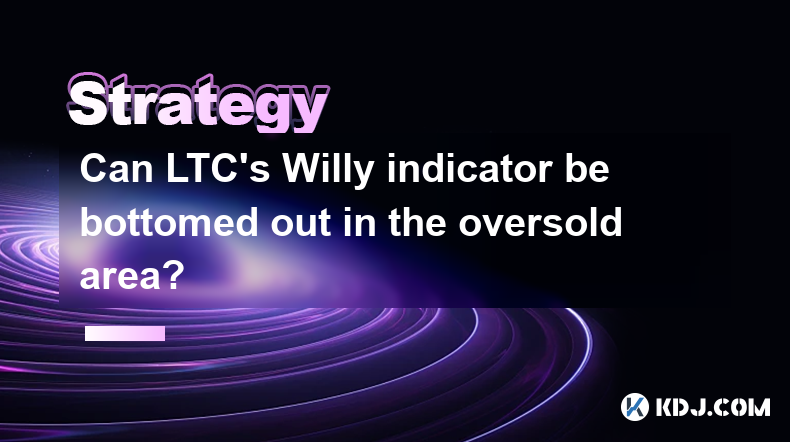
Can LTC's Willy indicator be bottomed out in the oversold area?
Apr 24,2025 at 01:43pm
Understanding the Willy IndicatorThe Willy indicator, also known as the Willy ratio, is a technical analysis tool used in the cryptocurrency market to gauge the sentiment of a particular asset, in this case, Litecoin (LTC). It is calculated by dividing the total trading volume of an asset by its market capitalization. The resulting ratio helps traders u...
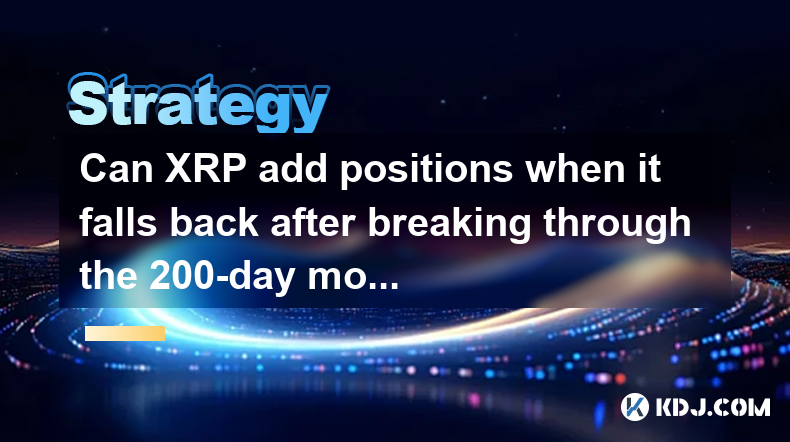
Can XRP add positions when it falls back after breaking through the 200-day moving average?
Apr 25,2025 at 04:49pm
The question of whether to add positions to XRP after it breaks through the 200-day moving average and subsequently falls back is a common dilemma faced by many cryptocurrency traders. The 200-day moving average is a widely recognized technical indicator used to assess the long-term trend of an asset. When XRP breaks above this level, it is often seen a...

What does the surge in SOL's cross-chain bridge inflows represent?
Apr 25,2025 at 09:00am
The recent surge in SOL's cross-chain bridge inflows represents a significant trend within the cryptocurrency ecosystem, particularly for Solana (SOL). This phenomenon highlights increased activity and interest in moving assets from other blockchains to Solana, indicating growing confidence in its network and ecosystem. Cross-chain bridges are essential...

Is the increase in LINK's net outflow from exchanges a positive signal?
Apr 24,2025 at 02:35pm
The recent increase in LINK's net outflow from exchanges has sparked discussions within the cryptocurrency community about its implications for the token's future performance. LINK, the native token of the Chainlink decentralized oracle network, has seen a notable shift in its net outflow from exchanges, which many interpret as a positive signal. This a...

Is LTC's UTXO age distribution useful for judging buying and selling points?
Apr 23,2025 at 05:42pm
Is LTC's UTXO age distribution useful for judging buying and selling points? Understanding the UTXO (Unspent Transaction Output) age distribution of Litecoin (LTC) can provide valuable insights into the behavior of its holders and potentially help in making informed decisions about buying and selling points. The UTXO age distribution refers to the age o...

How to use trading volume to determine the buying and selling timing of LINK?
Apr 25,2025 at 02:07am
How to Use Trading Volume to Determine the Buying and Selling Timing of LINK? Trading volume is a crucial metric in the cryptocurrency market that can provide valuable insights into the buying and selling behavior of traders. When it comes to Chainlink (LINK), understanding how to analyze trading volume can help you make more informed decisions about wh...

Can LTC's Willy indicator be bottomed out in the oversold area?
Apr 24,2025 at 01:43pm
Understanding the Willy IndicatorThe Willy indicator, also known as the Willy ratio, is a technical analysis tool used in the cryptocurrency market to gauge the sentiment of a particular asset, in this case, Litecoin (LTC). It is calculated by dividing the total trading volume of an asset by its market capitalization. The resulting ratio helps traders u...

Can XRP add positions when it falls back after breaking through the 200-day moving average?
Apr 25,2025 at 04:49pm
The question of whether to add positions to XRP after it breaks through the 200-day moving average and subsequently falls back is a common dilemma faced by many cryptocurrency traders. The 200-day moving average is a widely recognized technical indicator used to assess the long-term trend of an asset. When XRP breaks above this level, it is often seen a...
See all articles























































































